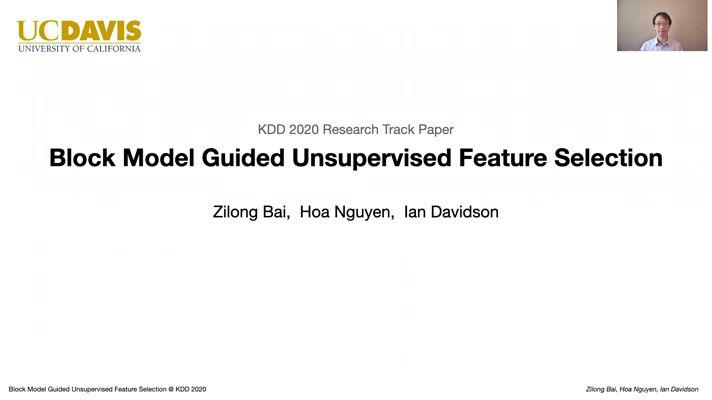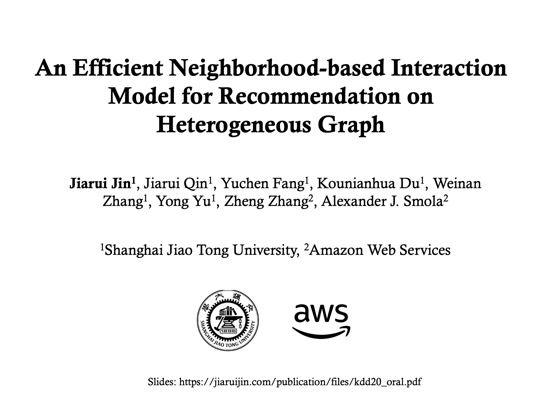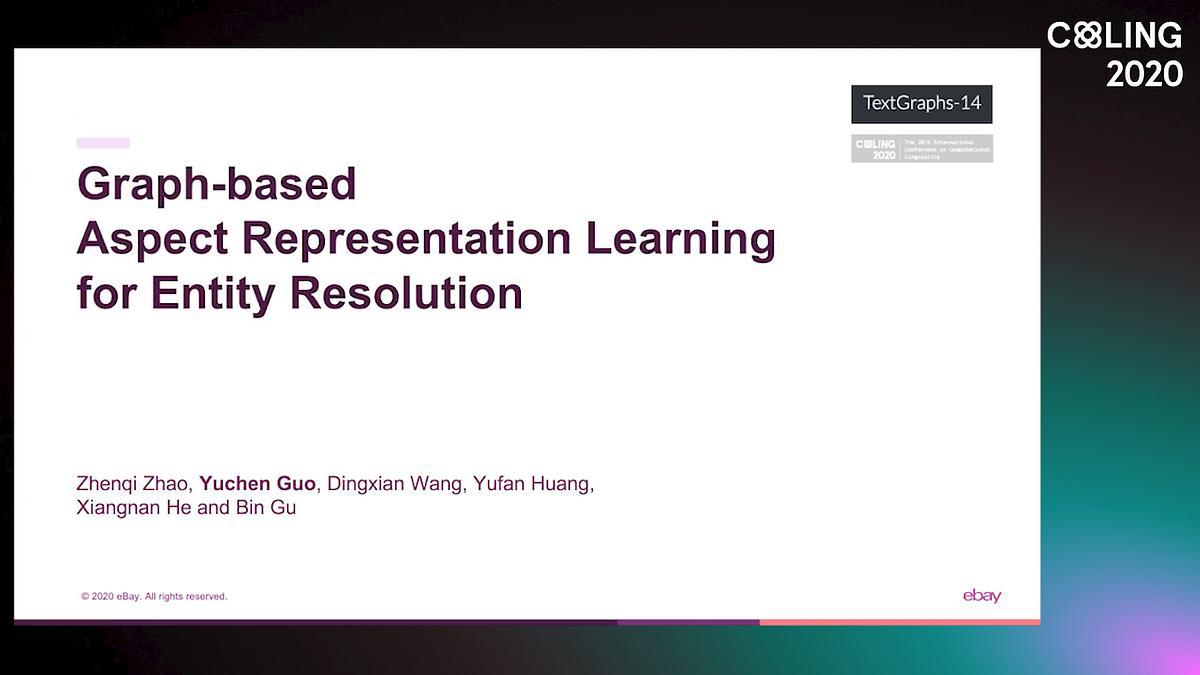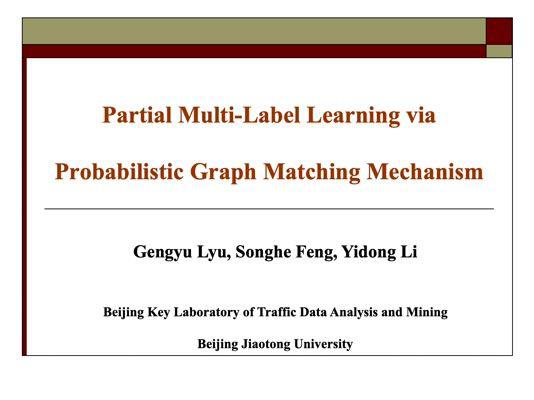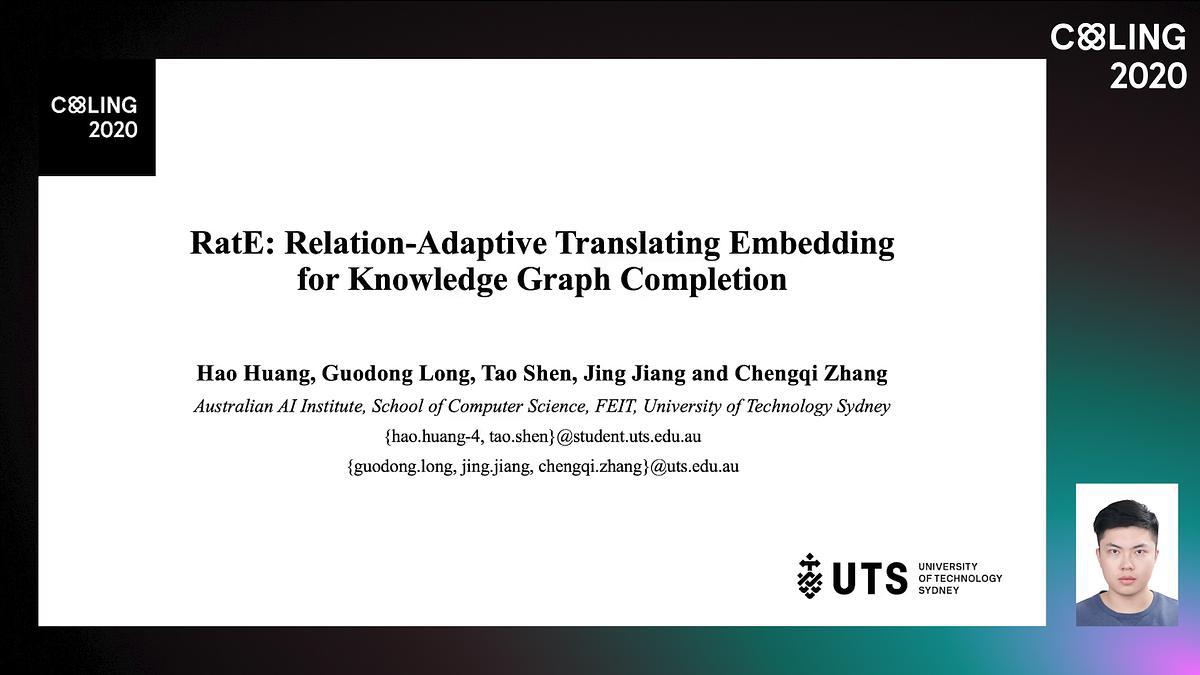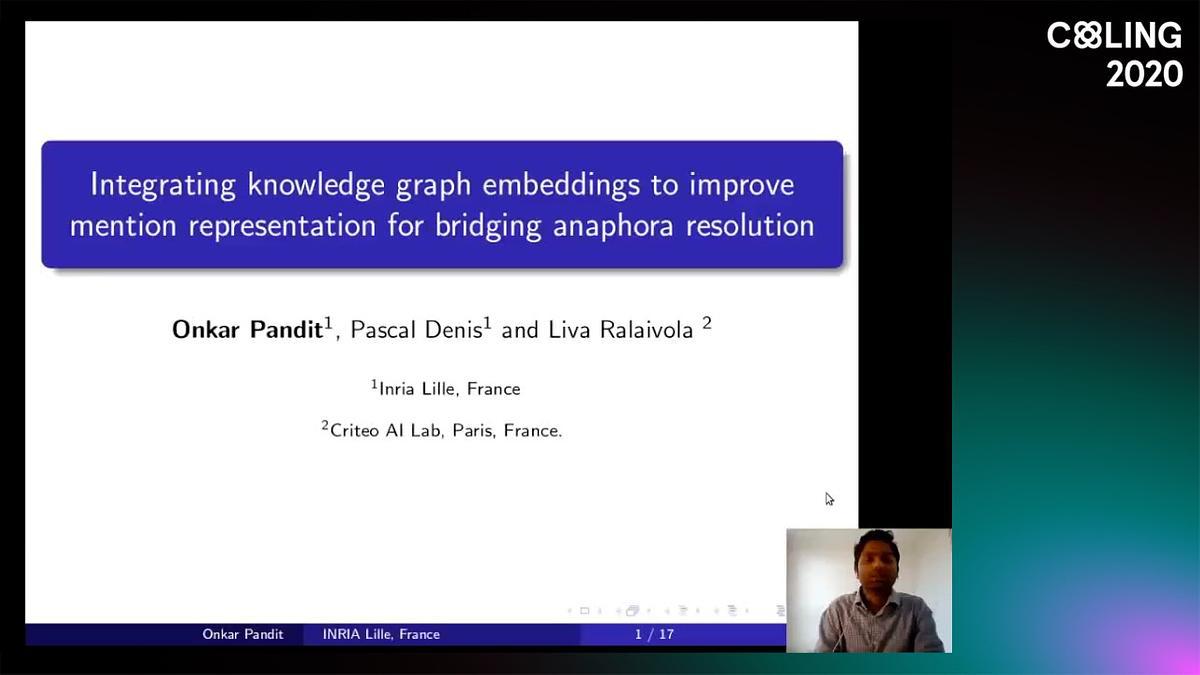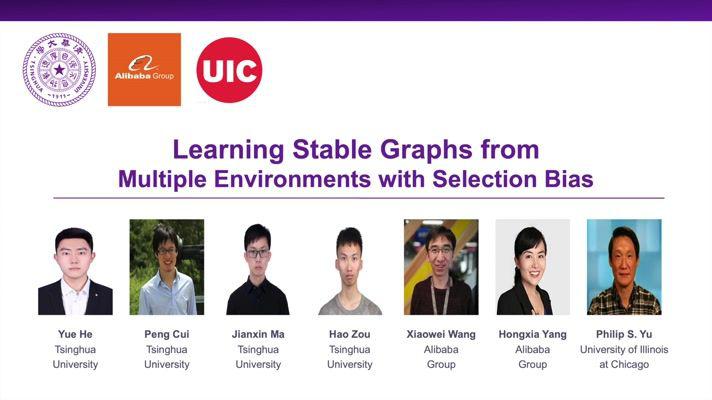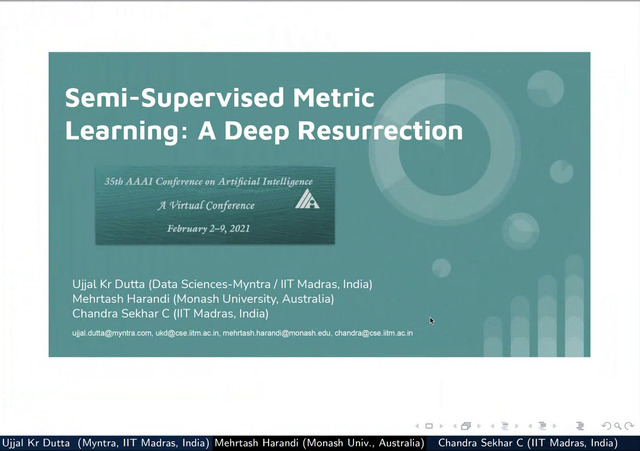Abstract:
Existing block modeling methods can detect communities as blocks. However it remains a challenge to easily explain to a human why nodes belong to the same block. Such a description is very useful for answering why people in the same community tend to interact cohesively. In this paper we explore a novel problem: Given a block model already found, describe the blocks using an auxiliary set of information. We formulate a combinatorial optimization problem which finds a unique disjunction of the auxiliary information shared by the nodes either in the same block or between a pair of different blocks. The former terms intra-block description, the latter inter-block description. Given an undirected graph and its k-block model, our method generates k + \frac{k(k-1)}{2} different descriptions. If the tags are descriptors of events occurring at the vertices, our descriptions can be interpreted as common events occurring within blocks and between blocks. We show that this problem is intractable even for simple cases, e.g., when the underlying graph is a tree with just two blocks. However, simple and efficient ILP formulations and algorithms exist for its relaxation and yield insights different from a state-of-the-art related work in unsupervised description. We empirically show the power of our work on multiple real-world large datasets.


